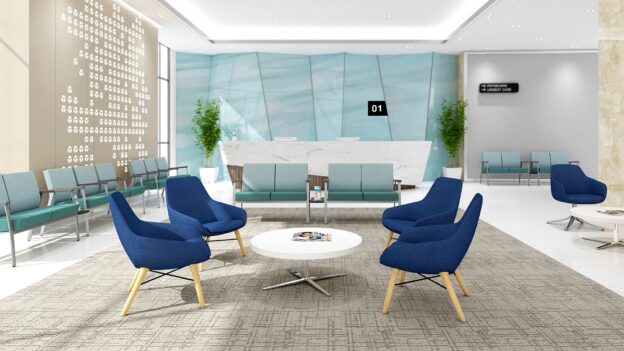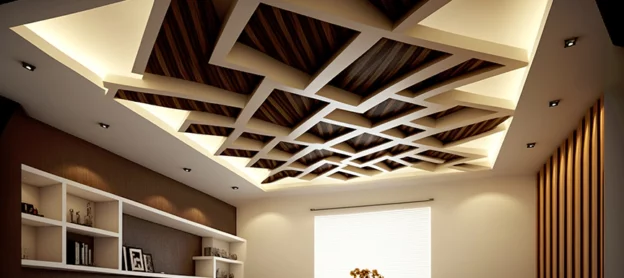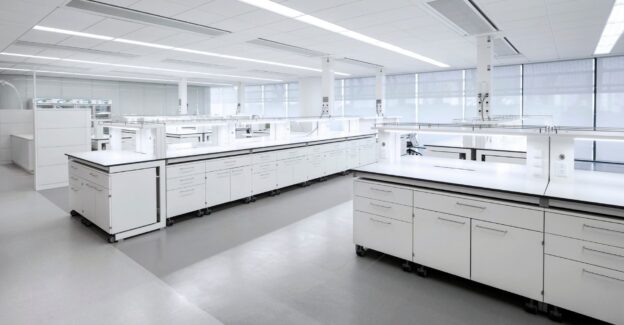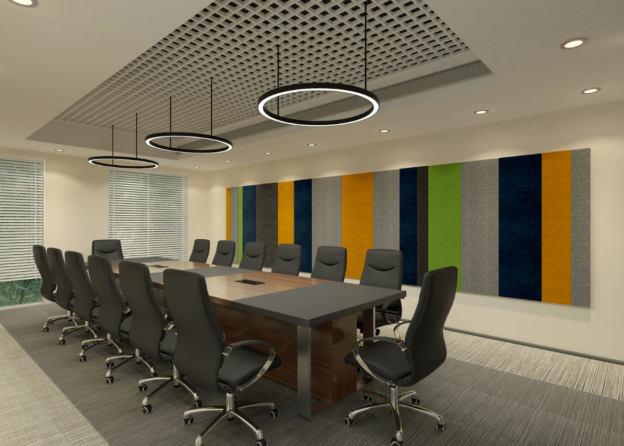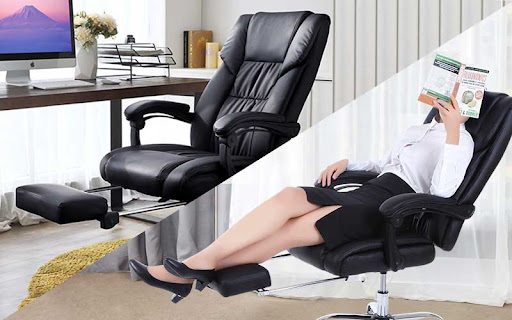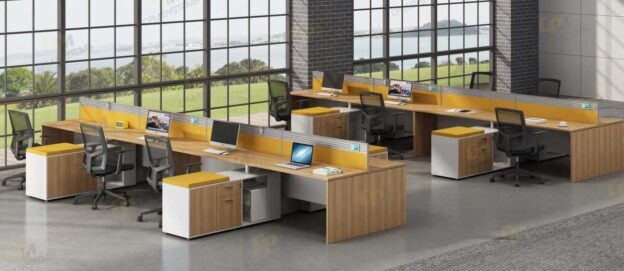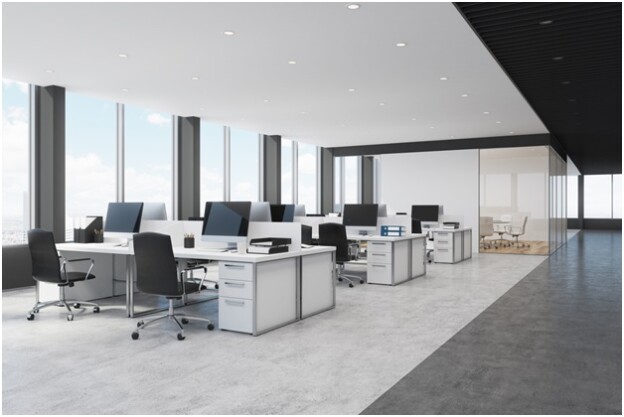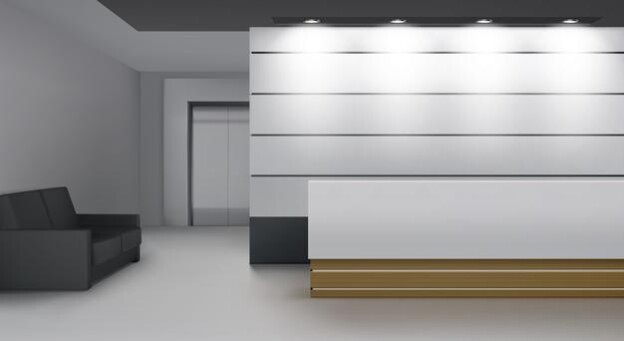In the realm of office design, the reception area serves as the gateway to a company’s identity, offering visitors their first impression of its culture and values. A well-curated reception space not only conveys professionalism but also fosters comfort and engagement. To create an inviting ambiance that reflects the ethos of your organization, it’s essential to stay abreast of the latest trends in reception area furniture. Join us on a journey through the evolving landscape of design, where functionality meets aesthetics in crafting memorable first impressions.
1. Embracing Ergonomics:
In the pursuit of employee well-being and productivity, ergonomic furniture has become a cornerstone of modern office design. Reception areas are no exception, with furniture designers prioritizing comfort without compromising style. Look for reception seating solutions with adjustable lumbar support, breathable fabrics, and contoured designs, ensuring a welcoming experience for guests of all shapes and sizes.
2. Versatility in Design:
Flexibility is key in today’s dynamic work environments, and reception area furniture is adapting accordingly. Multi-functional pieces, such as modular seating arrangements and convertible tables, offer versatility in space utilization. These adaptable designs cater to varying needs, whether it’s hosting impromptu meetings, accommodating large groups, or creating intimate conversation areas.
3. Sustainable Statements:
As environmental consciousness continues to shape consumer preferences, sustainable furniture options are gaining traction in reception area design. From responsibly sourced wood to recycled materials, eco-friendly furnishings make a statement about your company’s commitment to sustainability. Showcase your environmental ethos with reception furniture crafted from renewable resources and low-impact production processes, leaving a lasting impression on visitors and stakeholders alike.
4. Tech-Integrated Touches:
In an era defined by digital connectivity, integrating technology into reception area furniture enhances both functionality and interactivity. Explore reception desks equipped with built-in charging stations, touchscreen displays for visitor check-ins, and wireless charging pads embedded in seating options. These tech-savvy features streamline operations while elevating the guest experience, setting the tone for a modern and efficient workplace.
5. Artistic Expression:
Reception areas serve as blank canvases for artistic expression, where furniture becomes not just functional but also visually captivating. Embrace bold colors, geometric patterns, and statement pieces that reflect your brand’s personality and creativity. Whether it’s a striking sculpture, a vibrant accent wall, or avant-garde seating designs, infuses your reception space with artistic flair to leave a lasting impression on visitors and employees alike.
Conclusion:
As the gateway to your organization’s identity, the reception area holds immense potential to shape perceptions and foster meaningful connections. By staying attuned to the latest trends in furniture design, you can transform this space into a welcoming oasis that resonates with guests and embodies your company’s values. From ergonomic comfort to sustainable practices, from tech-integrated solutions to artistic expressions, the possibilities are endless in crafting reception areas that leave a lasting impression and set the stage for memorable interactions.
